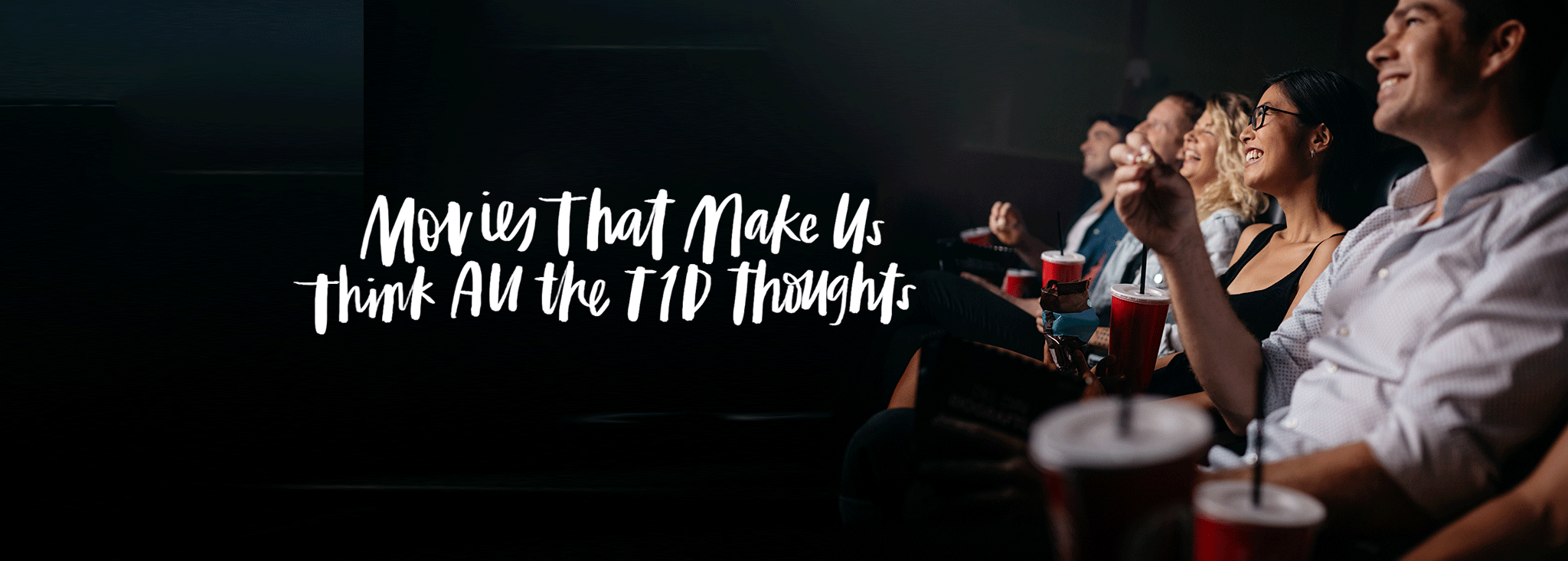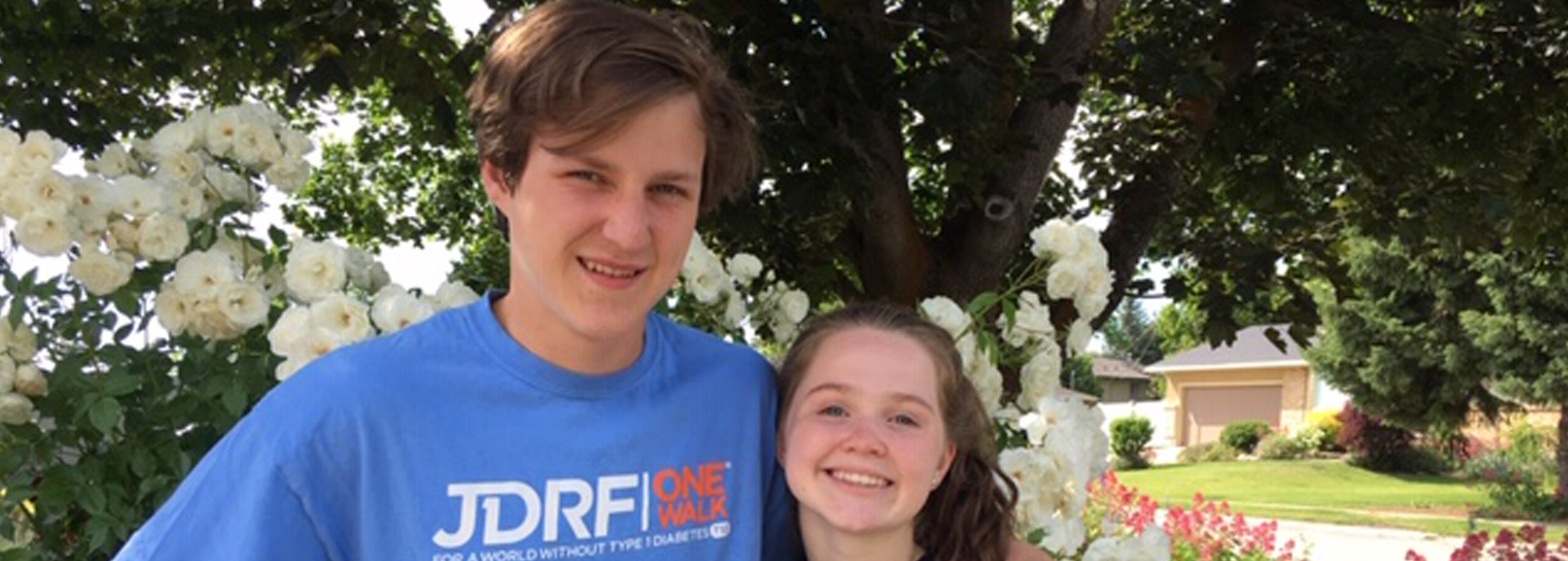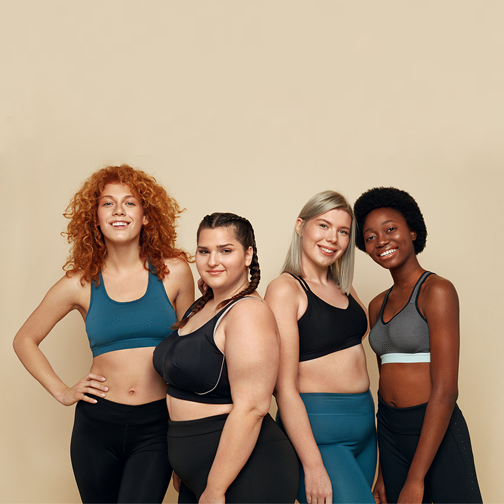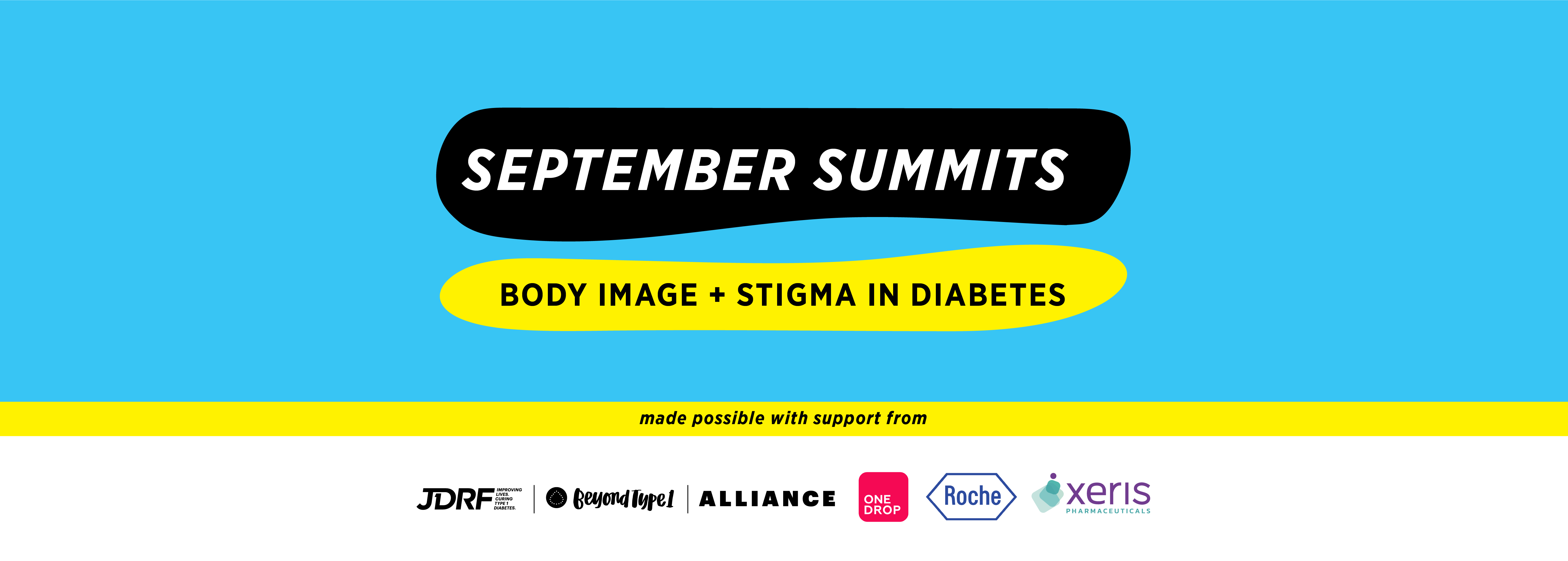Racial + Ethnic Disparities in Diabetes Care
Written by: Beyond Type 1 Editorial Team
7 minute read
November 16, 2020
September Summits are presented by the JDRF-Beyond Type 1 Alliance and made possible with support from One Drop, Roche Diabetes Care, and Xeris Pharmaceuticals, active partners of Beyond Type 1 at the time of publication
During September Summits, Beyond Type 1 sat down with a panel of experts and community members to discuss personal perceptions and anecdotes pertaining to racial and ethnic disparities in diabetes care across both Type 1 and Type 2, touching on crucial topics like cultural competency, research trials, and more. Watch the discussion in full!
Speakers included:
- Phyllisa Deroze, who moderated the discussion and is the founder of Black Diabetic Info, and was diagnosed with type 2 before learning she had latent autoimmune diabetes in adults (LADA) diabetes in 2019
- Manny Hernandez, a longtime advocate who has lived with diabetes since 2002 and served the community in positions at Diabetes Hands Foundation, Livongo and now Tidepool
- Cherise Shockley, who was also diagnosed with LADA diabetes, currently works at diaTribe, and has founded initiatives like Diabetes Social Media Advocacy and Women of Color Diabetes
- Courtney Taylor, the mother of 12-year-old with type 1 diabetes (T1D) Chase, who started the Chase Away Diabetes Foundation
- Michelle Litchman, a nurse practitioner and diabetes researcher at the University of Utah, with several family members that have both type 1 and type 2
Partial transcript below, edited for content + clarity.
What have you personally experienced in facing the healthcare system here in America?
Manny: When I was first diagnosed in 2002, I was relatively new to the US, and I did not understand that there was this concept of preexisting conditions as something that excluded you from getting coverage if you were to apply as an individual… I subsequently understood what that was about and I have been since fortunate to have coverage through a succession of employers. I felt incredibly thankful when the Affordable Care Act passed. I’m definitely concerned about its current prospects given the degree to which it is under so much attack.
Courtney: [My son] Chase has been going to the same diabetes center at CHOP since he was diagnosed—it’s like our second home now. There were already preconceived notions about how we were managing his diabetes, or what’s happening, or why we were there because I looked younger than what I am and I came in with my young Black son who is living with this chronic illness. I’m a detailed person and I come to the appointments with my notes, already having thoughts, ideas and theories about why his blood sugar is this way or what’s happening with this. I would already have action steps written down and I’d articulate that and advocate for him. It was automatically dismissed… Or [providers would be] really shocked at how detailed I was and how knowledgeable I was. Those experiences happened beyond going to the endocrinology appointments… It’s something that we see even beyond healthcare. As a Black woman in America, we’re invisible, we are voiceless and no one’s really ready to take us seriously.
Cherise: When I was diagnosed with diabetes, I did not experience any issues. I was in the military system, so we had access to very good doctors, and I had never experienced any racial bias because of the color of my skin, not that I’m aware of.
Phyllisa: There was one time when I felt like I was just slapped in the face, and that was when I went to have an appointment with a podiatrist and a woman said, “We’re not taking any Medicaid patients here.”
I’ve also had people assume that because I’m a Black woman living with a type 2 diagnosis, that I apparently had a relative who had diabetes and I should know what to do. I even had a healthcare provider tell me that my family was lying, that someone [in our family] had to have diabetes… I was having these experiences back to back that were just shocking, to say the least.
Michelle: Several of you have talked about being misdiagnosed and I saw that so often when I was in primary care. When I was in family practice, I was assigned to see everybody with an A1C over a certain level, and I was properly diagnosing people with LADA at least six times a month when I first started. It was pretty common, and people have some assumptions when we think about T1D, like they’re younger, but also based on the color of someone’s skin, we assume type 2 even though it’s not. I think that misdiagnosis is common. I also think that provision of care is definitely different; I’m thinking about some of my colleagues and how often certain things are offered, even just simple diabetes education. A referral to a diabetes educator happens probably less often when someone is a person of color or if they have a language barrier.
How do you want your medical team to practice cultural competence?
Michelle: For me, because my mom doesn’t speak English and several of my family members don’t, I start with language. I want to make sure that whoever is coming in, if they need an interpreter, that they have the interpreter. If there’s no real dialogue between people that’s the biggest problem. Language is key. And if you have language, it doesn’t necessarily mean you’ve understood the culture, so asking questions is really, really important. I tend to go through a diet history, saying, “Tell me what an average week looks like.” If there are foods that I don’t know, I ask more questions. I look them up, sometimes we Google pictures together so I can better understand what’s going on.
Manny: In the way of assumptions in food, Latinos are a prime example. There’s this thing about putting all Latinos in one bucket: I’m Latino and this guy from Mexico is Latino and that guy from Chile is Latino, and that’s true. However, when it comes to things that pertain to culture and food habits, we couldn’t be more different! There are some common staples for sure, but if you were to talk to someone with Argentinian roots, you gotta lay off on the burritos. We don’t eat burritos and it’s not even close to our typical food. It’s so powerful what Michelle is saying about really just being humble by first starting to ask questions, and trying to understand each person as an individual and being treated as such.
Cherise: It’s funny that you mentioned that, Manny, because everybody thinks that all Black people like fried chicken and watermelon, and that’s not the case. Just because we live in the United States, there still are Black people who are different, and cultures are different in the South and the North and the East and the West. The first thing that people say, and it drives me nuts, is fried chicken. I like fried chicken, but that doesn’t mean everybody is going to like fried chicken. The key is to understand the individual person—talk to the person to learn what foods they like and the activities that they like to do.
Do you feel that the healthcare system marginalizes based on economics, in addition to racial ethnicity and language?
Michelle: From a healthcare provider standpoint, when I’m trying to prescribe a diabetes technology, if the diabetes technology is only in English, you’ve already lost that battle with trying to get somebody on diabetes technology. Having diabetes technology in different languages is really, really important. If you think about an insulin pump or continuous glucose monitor (CGM), there are only certain words said, it’s not like there are new words that are being said all of the time. It shouldn’t be too hard to recode for certain languages. Seeing my colleagues and knowing the healthcare system that I’m in, there are assumptions made that people can’t afford certain things and it’s not just technology, it’s medications too.
Phyllisa: I was living in Abu Dhabi and the FreeStyle Libre had been approved for years before it came to the States. While I was pregnant, I had many, many, many hypos. The number of hypos I had changed the way my husband and I navigated things. I happened to discover that the FreeStyle Libre had been available in the UAE [where we lived] for years. I said to my endo, “Why did you never mention the FreeStyle Libre to me?.” And she said it was expensive. That was her answer. I couldn’t believe it because I thought to myself, as a woman pregnant with her first child, I would have done or tried anything.
Courtney: That right there is disgusting because as my doctor, even if it is expensive, even if you know for a fact that I cannot afford it, you also know that there are numerous resources that could help me figure it out! It’s your job to help advocate for me and to connect me with diabetes educators and social workers. To just say, “Oh, well it was expensive” and dismiss me just like that—that’s not okay.
How can we build trust within BIPOC communities when it comes to research and clinical trials?
Michelle: This is a big issue. I worked on a recent trial where we provided Spanish-speaking, Hispanic individuals with type 2 diabetes not yet on insulin with both CGM technology and an online peer support community. And there’s this assumption that maybe this population wouldn’t be interested in those two things, but I can tell you that they loved it! There are a couple of things that made it work for us. Number one is we use community health workers to help us recruit… The second thing that we did was we hired a research assistant who lives in the same community where we were recruiting from. The person we had is a premed student who is bilingual, and the participants could really relate to him because he knew exactly where they were coming from… I think that you have to build that community engagement. Community engaged research takes time. You can’t just hop into a community and start doing research. You need key players that are willing to help you, but in order to help you, they must trust you, and in order to trust you, they must know that you’re doing good for the community and they’ll stick around.
Cherise: Another thing I’m going to tell you that makes me upset about all of these clinical trials is that they’re always in the suburbs. They’re always at the good hospitals. They’re not in the inner cities and they’re not on bus lines. So the people that can benefit from getting free insulin during a clinical trial can’t get to the clinic. They can’t access it. So if you want more people of color to participate in clinical trials, put it on the bus line, put it in the ways that people can access it. Make it so they can get there. These clinical trials are awesome but once again, it’s going to help those that are in that 1 percent, it’s not going to help the majority because they’re not going to be able to access it.
Manny: The problem is that often people will go to the path of least resistance, right? So the path of least resistance might be holding the trials in hubs. I participated in the Project Baseline study by Verily. The concept is phenomenal, but there’s a fundamental flaw. Project Baseline is essentially conducted with the aim of mapping human health fundamentally. Verily is a Google company so that’s their attempt at capturing that slice of the world, so to speak. Their two hubs for recruiting are Stanford and Duke—the two coasts and both relatively affluent areas. So again, to Cherise’s point, if you really want to map human health, there’s something to be said for going out of your way… You have to be intentional about it and push for change. Change doesn’t happen automatically.
To watch the entire discussion, click here.

Author
Beyond Type 1 Editorial Team
This piece was authored collaboratively by the Beyond Type 1 Editorial Team. Members of that team include Director of Content Todd Boudreaux, Project Manager Mariana Gómez, Director of Brand Communications Dana Howe, Project Manager T'ara Smith, Director of Programs Jordan Dakin and Editorial Associate Makaila Heifner.
Related Resources

Ahh, the movies! Who doesn't love a good visit to the cinema or a night...
Read more

Not right now My 15-year-old daughter decided to pick a fight with me at the...
Read more

As if managing the literal ups and downs of life with type 1 diabetes (T1D)...
Read more

